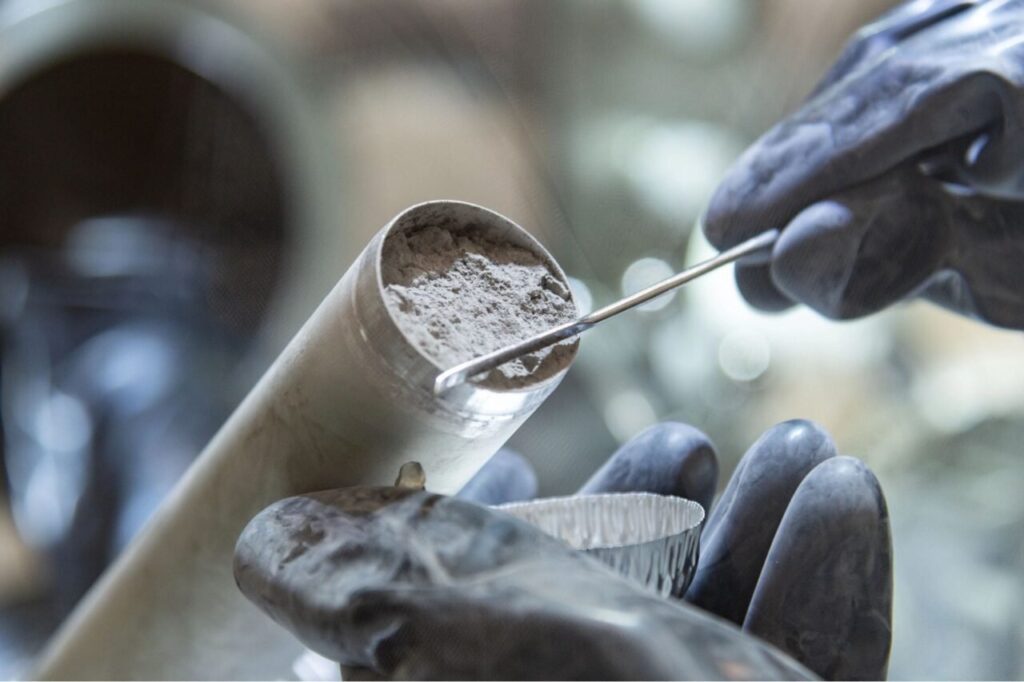
A team of researchers has identified unique sulfur compounds in lunar dust collected during NASA’s Apollo 17 mission, suggesting significant differences between materials from the Moon and Earth. The study, led by James W. Dottin III, an assistant professor of Earth, environmental, and planetary sciences at Brown University, highlights the advanced analytical techniques developed since the samples were first collected in 1972.
The investigation focused on samples from the Taurus-Littrow valley, where Apollo 17 astronauts gathered over 2,000 lunar rock and dust samples. These samples were preserved for future analysis, anticipating that advancements in technology would allow for deeper insights into their composition. Recently, NASA has initiated new research proposals to study these archived samples, enabling scientists to employ modern methods to uncover groundbreaking findings.
Revolutionary Techniques Reveal Surprising Results
Utilizing a high-precision approach known as secondary ion mass spectrometry, Dottin and his team analyzed the sulfur isotopes contained in the volcanic materials from the lunar core samples. Their findings, published in the journal JGR Planets, revealed sulfur compounds with significantly lower levels of sulfur-33, a stable isotope, compared to those typically found on Earth.
Dottin initially anticipated that the lunar sulfur isotope composition would mirror that of Earth. “Before this, it was thought that the lunar mantle had the same sulfur isotope composition as Earth,” he stated in a press release. Instead, the data indicated a distinct isotopic fingerprint, challenging long-held assumptions about the Moon’s geological history.
The Apollo 17 mission was the last time humans set foot on the lunar surface, and the return of the samples marked a pivotal moment in space exploration. The core sample analyzed by Dottin’s team was extracted using a double drive tube, a hollow metal instrument designed to obtain material from the Moon’s surface. After returning to Earth, these samples remained sealed and protected under NASA’s Apollo Next Generation Sample Analysis program.
Insights into Lunar Formation and History
The unique sulfur signature identified by the researchers suggests that the sulfur may have formed through chemical reactions during the Moon’s early history or may be a remnant from its formation. The prevailing theory posits that the Moon originated from debris resulting from a collision between Earth and a Mars-sized body known as Theia. This discovery could indicate the presence of Theia’s sulfur signature within the Moon’s mantle, providing clues to the origins of both the Earth and its natural satellite.
Dottin expressed his surprise at the unexpected results: “My first thought was, ‘Holy shmolies, that can’t be right.’ So we went back to make sure we had done everything properly and we had. These are just very surprising results.” The implications of these findings extend beyond our lunar neighbor; they may help researchers understand the sulfur isotopic compositions of other celestial bodies, such as Mars.
As scientists continue to analyze isotopes from various planets, they aim to unravel the complex history of the solar system. The insights gained from this research may illuminate how Earth and the Moon formed, enhancing our understanding of planetary development in our cosmic neighborhood.







